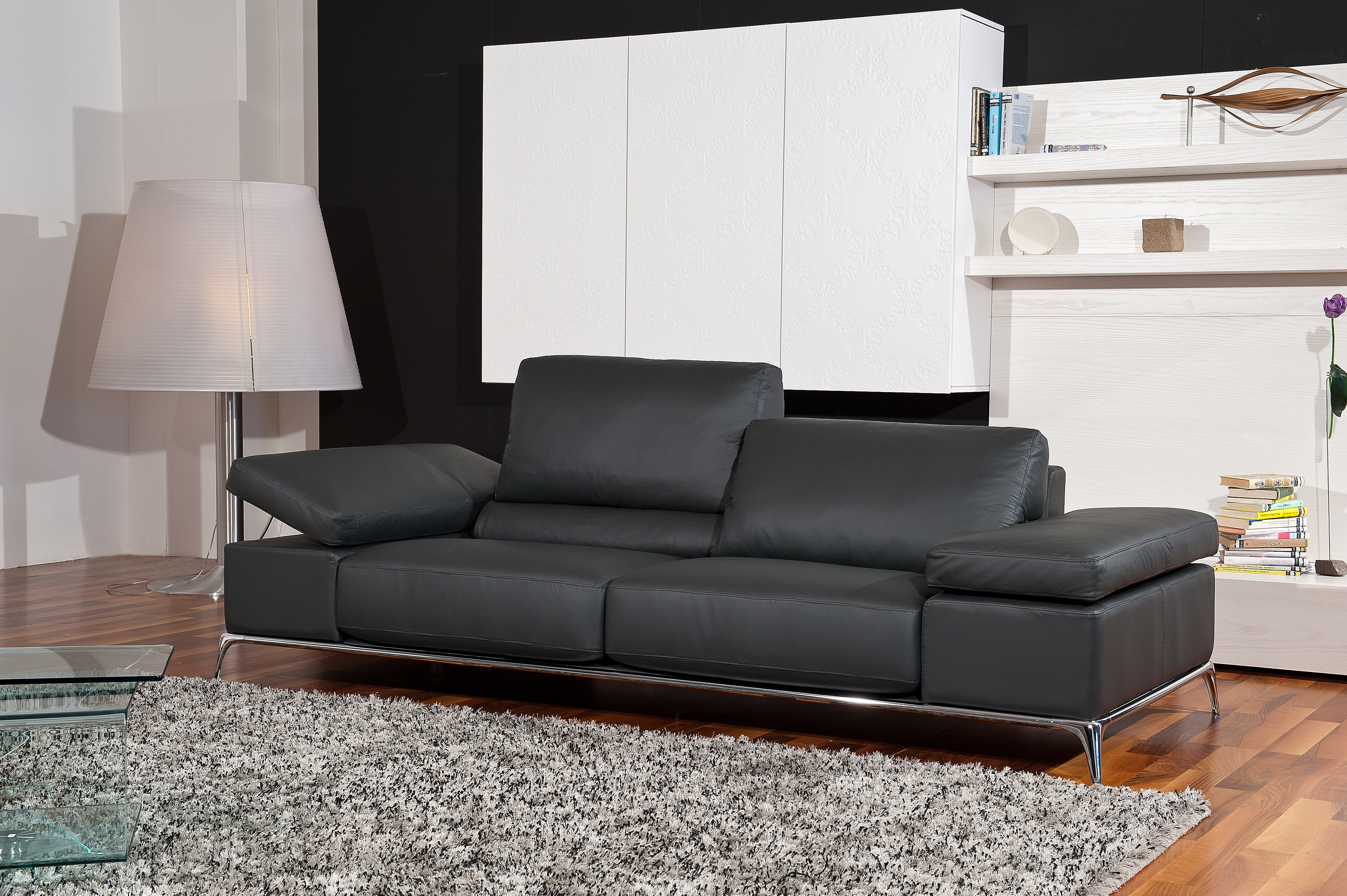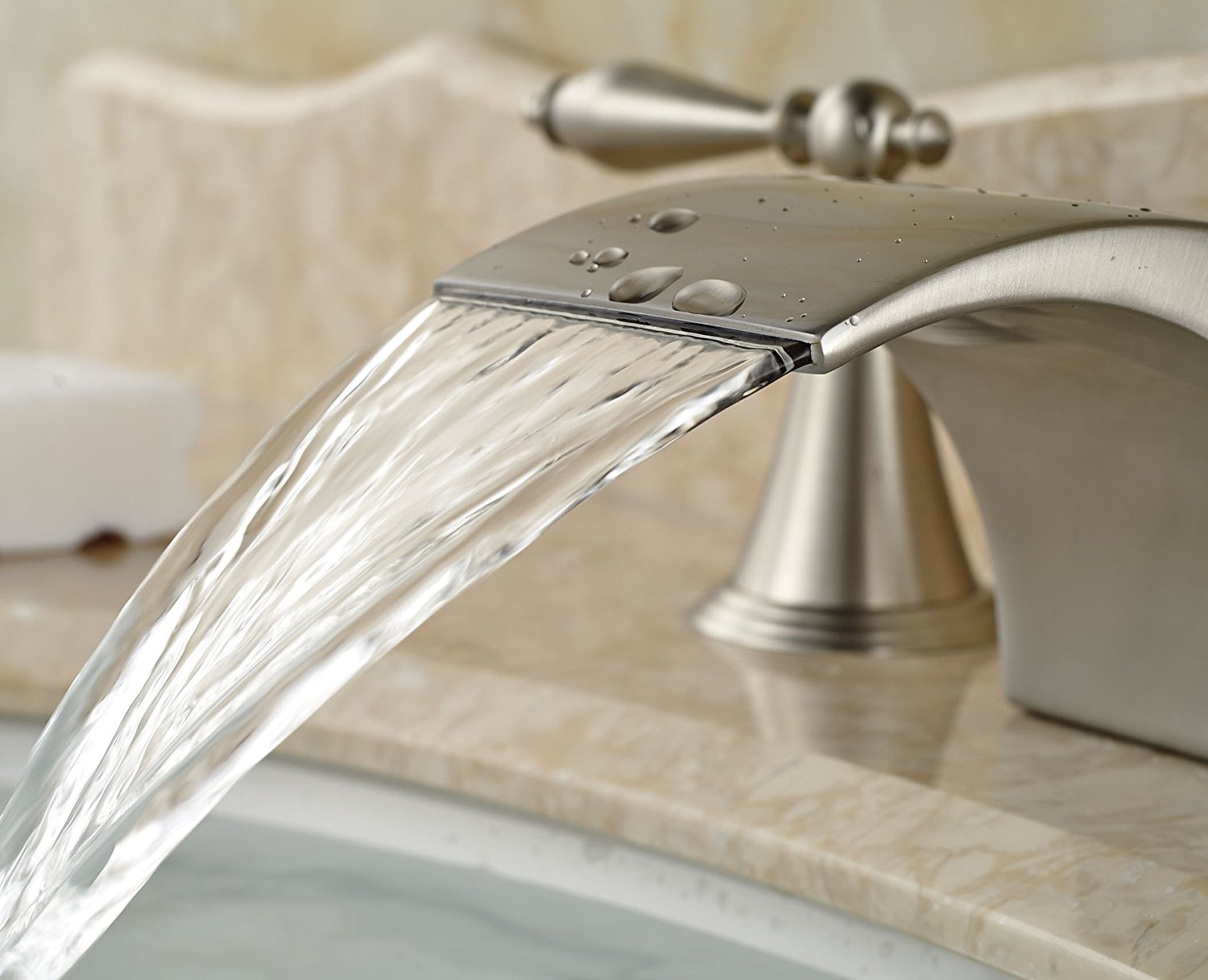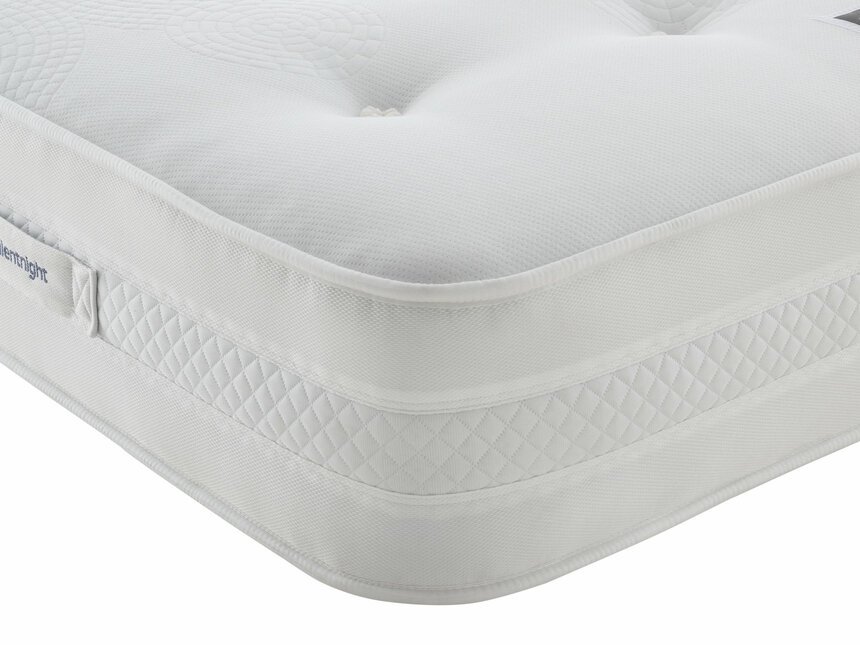Parlor vs Living Room: What's the Difference?
When it comes to interior design and home decor, two rooms that often get confused or used interchangeably are the parlor and the living room. Both spaces serve as a common area for entertaining guests and spending time with family, but there are some key differences that set them apart. In this article, we'll explore the top 10 differences between a parlor and a living room, so you can better understand these two important spaces in your home.
1. Origins
The first main difference between a parlor and a living room is their origins. The term "parlor" comes from the French word "parler," which means "to speak." In the 16th century, parlor rooms were used as a place for conversation and socializing. On the other hand, the living room evolved from the "great room" in medieval homes, which was typically reserved for the lord or lady of the house.
2. Traditional vs Modern
Another key difference between a parlor and a living room is their traditional and modern connotations. Parlor rooms were popular in the Victorian era and are often associated with a more formal and traditional style of decor. On the other hand, the living room is seen as a more modern and casual space for relaxation and entertainment.
3. Placement in the Home
While both the parlor and living room are common areas for socializing, they are typically located in different parts of the home. A parlor is usually situated near the front entrance, often with a grand staircase leading up to it. This was meant to impress and welcome guests. The living room, however, is usually located towards the back or side of the house, closer to the kitchen and dining area.
4. Function
The function of a parlor and a living room also differs. The parlor was traditionally used for formal gatherings, such as receiving guests, hosting tea parties, or playing musical instruments. In contrast, the living room is used for more casual activities, like watching TV, reading, or spending time with family and friends.
5. Furniture
The furniture in a parlor and a living room also reflects their different purposes. In a parlor, you'll often see more delicate and ornate pieces, such as antique sofas, armchairs, and coffee tables. The living room, on the other hand, tends to have more comfortable and functional furniture, like a sectional sofa, recliner, and entertainment center.
6. Decor
Similarly, the decor in a parlor and a living room is distinct. The parlor usually has a more formal and elegant feel, with chandeliers, intricate rugs, and fine art on the walls. The living room, on the other hand, has a more relaxed and personal touch, with family photos, cozy throws, and colorful accents.
7. Privacy
Privacy is another difference between a parlor and a living room. Since the parlor was meant for entertaining guests, it was often separated from the rest of the home and had a door for privacy. In contrast, the living room is usually open to other areas of the house and is more accessible for everyday use.
8. Usage
The usage of a parlor and a living room also differs. As mentioned before, the parlor was used for more formal gatherings, while the living room is used for everyday activities. This means that the parlor is often kept tidy and reserved for special occasions, while the living room can be more lived-in and may have a more casual atmosphere.
9. Size
The size of a parlor and a living room can also vary. Since the parlor was meant to impress guests, it was often larger and more grandiose than the rest of the house. The living room, in comparison, is usually a more modest size and can vary depending on the size of the home and the family's needs.
The Purpose of a Parlor

Parlors , also known as sitting rooms or drawing rooms, are a space in a house that serves as a formal gathering area for guests and family members. Unlike the living room, which is more commonly used for everyday activities, the parlor is reserved for special occasions and entertaining guests. In the past, parlors were considered a symbol of wealth and were only found in grand homes, but in modern times they have become more common in average-sized homes.
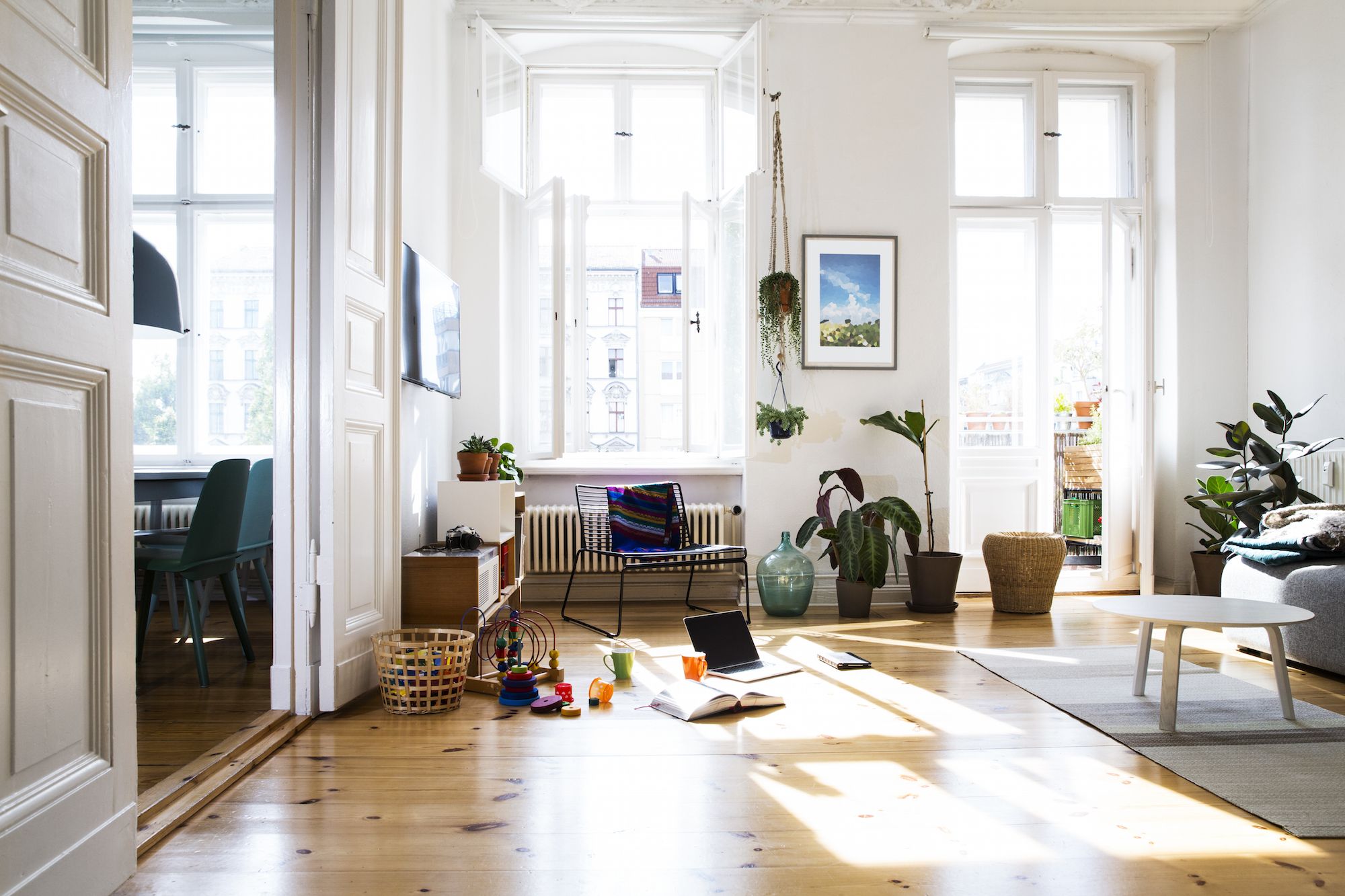
One of the key differences between a parlor and a living room is the decor . Parlors are typically designed to be more elegant and sophisticated, with luxurious furnishings , intricate carvings , and ornate decorations . This is because parlors were originally used to impress guests and display the wealth and status of the homeowner. On the other hand, living rooms tend to have a more casual and comfortable feel, with cozy sofas , soft lighting , and personal touches that reflect the style and personality of the occupants.
Another defining feature of a parlor is its layout . Parlors are typically arranged in a symmetrical manner, with matching furniture and decor on either side of the room. This is because parlors were originally designed for formal socializing, such as playing music, dancing, and engaging in polite conversation. The layout of a living room, on the other hand, tends to be more functional and centered around a television or fireplace , with a focus on comfort and relaxation.
While parlors may not be as commonly used in modern homes, they still hold a special place in house design. They offer a formal and elegant space for hosting guests and can add a touch of refinement and sophistication to a home. Whether you have a parlor or a living room, each serves its own unique purpose in creating a comfortable and welcoming environment for you and your guests.
In conclusion, the main difference between a parlor and a living room is their function . While the living room is a more casual and versatile space for everyday activities, the parlor is a more formal and decorative room for entertaining guests. So, whether you prefer a parlor or a living room, both can add character and charm to your home.




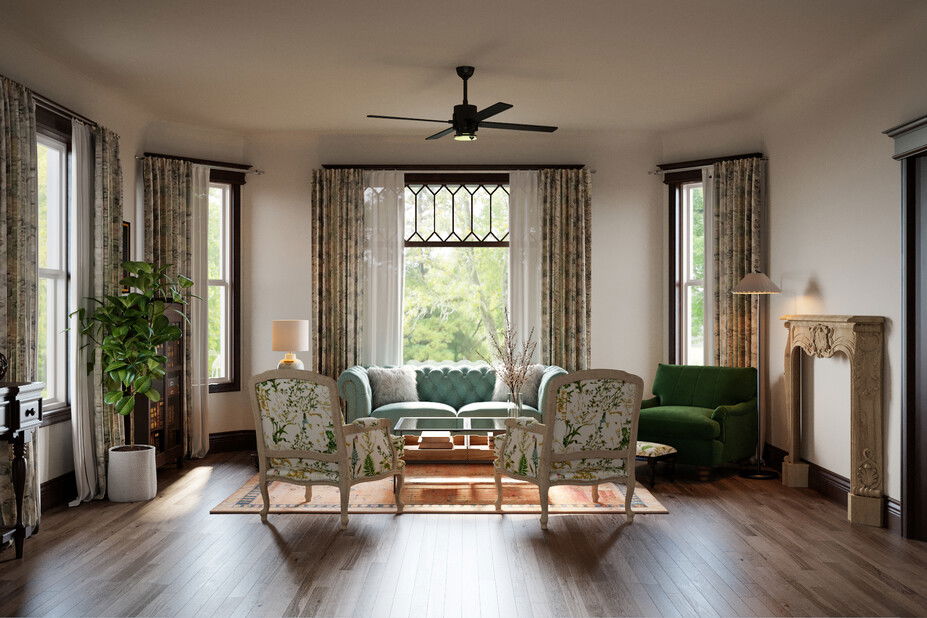


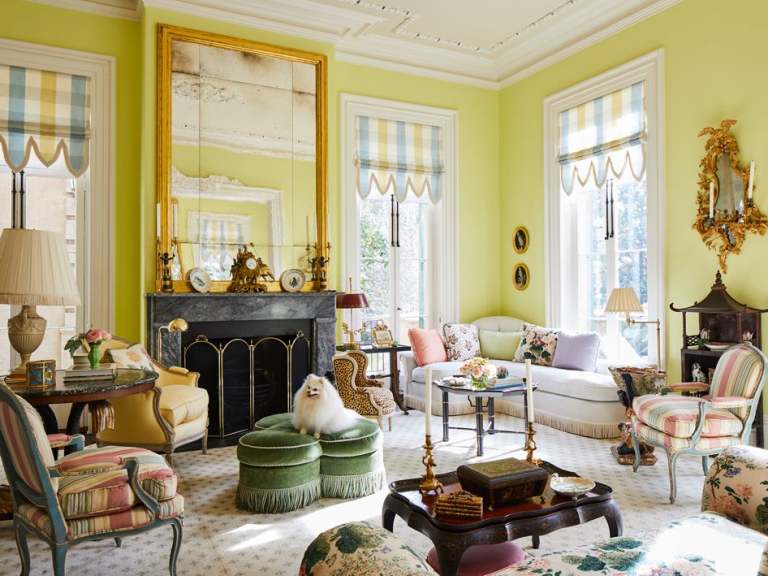



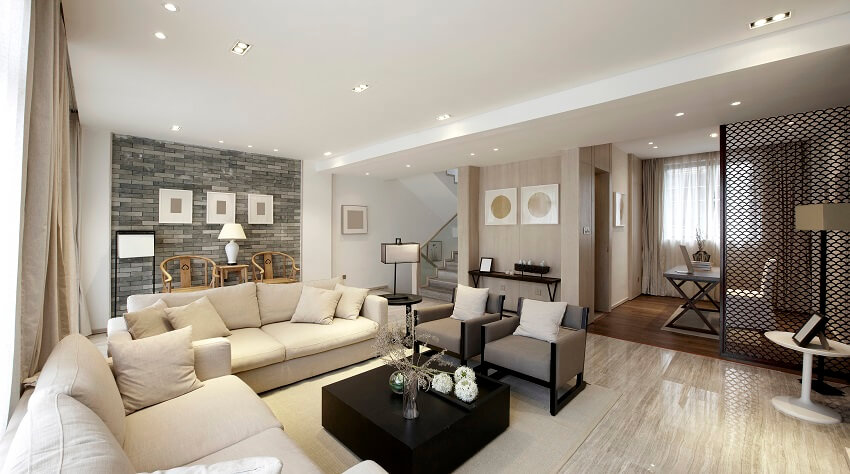



/decorating-rooms-with-high-ceilings-2213425-hero-3a7d673a3aec42dbbfa74dd5a0a1b27e.jpg)

